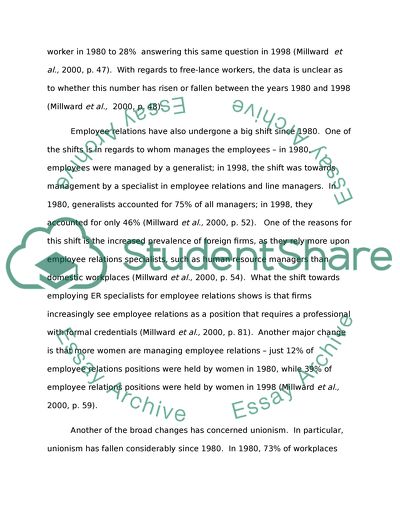Cite this document
(“UK employee relations have seen significant changes over the last 30 Essay”, n.d.)
Retrieved from https://studentshare.org/environmental-studies/1405557-uk-employee-relations-have-seen-significant
Retrieved from https://studentshare.org/environmental-studies/1405557-uk-employee-relations-have-seen-significant
(UK Employee Relations Have Seen Significant Changes over the Last 30 Essay)
https://studentshare.org/environmental-studies/1405557-uk-employee-relations-have-seen-significant.
https://studentshare.org/environmental-studies/1405557-uk-employee-relations-have-seen-significant.
“UK Employee Relations Have Seen Significant Changes over the Last 30 Essay”, n.d. https://studentshare.org/environmental-studies/1405557-uk-employee-relations-have-seen-significant.


